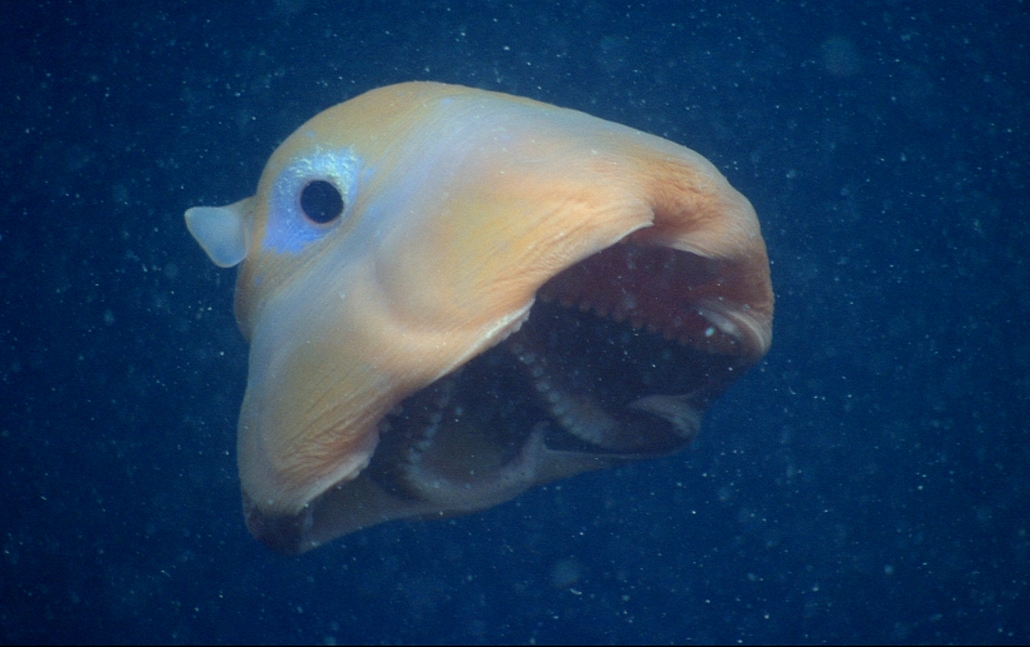

The Marine Fauna of New Zealand: Octopoda (Mollusca: Cephalopoda). Wissenschaftliche Ergebnisse der Deutschen Tiefsee-Expedition, "Valdivia" 1898-1899, 18 (2): 405-522 + Atlas. For the purposes of this table, a distal field is considered to be absent if suckers there do not show a distinct enlargement.Ĭhun, C. ** DESD = Distal field enlarged sucker diameter PESD = Proximal field enlarged sucker diameter. Species Comparisons (from Villanueva et al., 2002, Villanueva et al., 2008 and Lu, 2010)ĭistal field: Largest sucker, mean position Digestive tract not a simple loop (i.e., intestine makes lateral bends and/or loops. Intestine approximately 1.5 - 2.0 times esophagus (and crop) in length.In this photograph, the lines of white areolar spots are easily seen, especially on the arms. In some species these are difficult to detect or absent.įigure. The extreme flatness of some Opisthoteuthis is apparent in this video. Wing frequently terminates as elongate, simple, pointed cone termination complex in some species.Īlthough the shell lies at an angle to the body axis, the variation in the angle of the spread of its lateral walls presumably is a measure of the "flatness" (i.e., compression of the anterior-poterior body axis) of the octopod.Outer surface of saddle usually with groove (narrow or broad, shallow or deep) outer surface rarely flat.U-shaped, lateral walls (=wings) not parallel (i.e., spread between walls increases toward tips).Small, length approximately half mantle width.


Oral view of Opisthoteuthis grimaldii (?). *Collins and Villanueva (2006) use this same diagnosis to define their family Opisthoteuthidae which contains this single genus.Ĭlick on an image to view larger version & data in a new windowįigure. Radula and posterior salivary glands absent. Two fields of enlarged suckers in mature males. Optic nerves pass through white body in two to four bundles. Shell a flaring U-shape, lateral walls tapering to fine points. Moderate-sized cirrates with small, subterminal fins.

It is also known from Japan, off Kashima-Nada, at 530–560 metres (1,740–1,840 ft). This species has been reported off Eureka Bar, California, at 350 metres (1,150 ft). They swim by moving their fins, pulsing their webbed arms, pushing water through their funnel for jet propulsion, or all three at once. The flapjack preys on small fishes and planktonic crustaceans. They have a gelatinous body, which spreads into a parachute shape when maneuvering through dimly lit water. They have eight jointed legs which are affixed together in an umbrella shape. Their maximum size is 20 centimetres (7.9 in) mantle length. They have fins above their eyes, similar to those found on some species of squid. The flapjack octopus usually appear dark red.


 0 kommentar(er)
0 kommentar(er)
